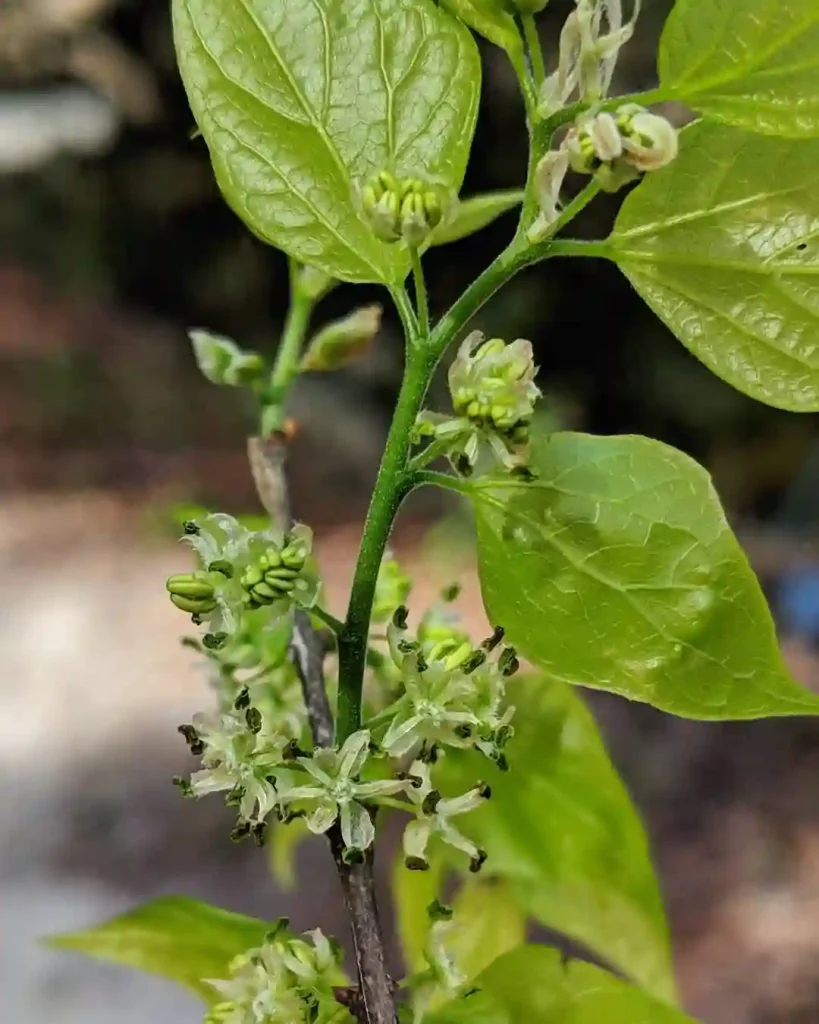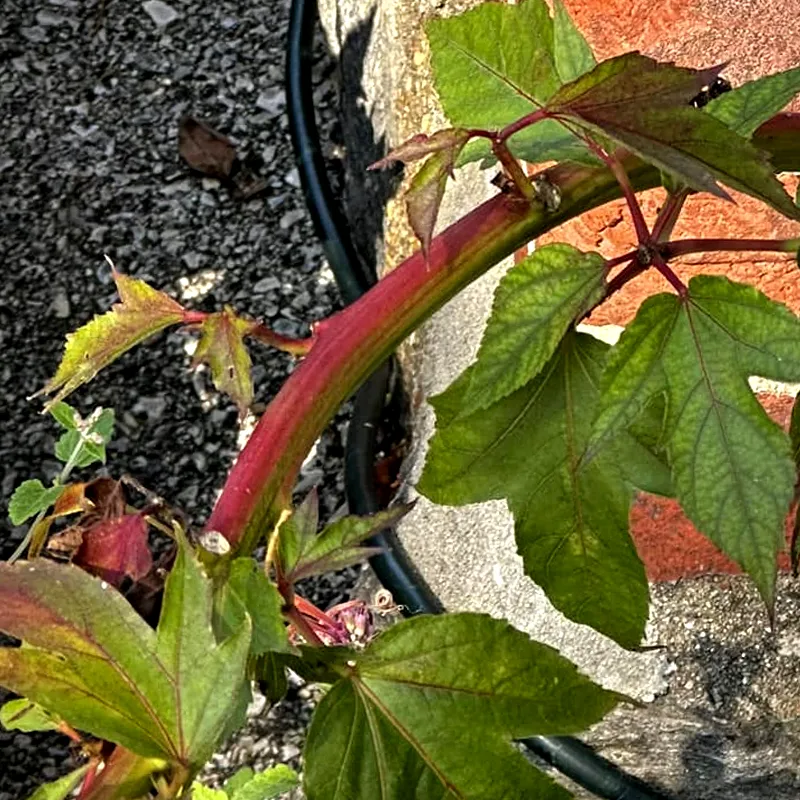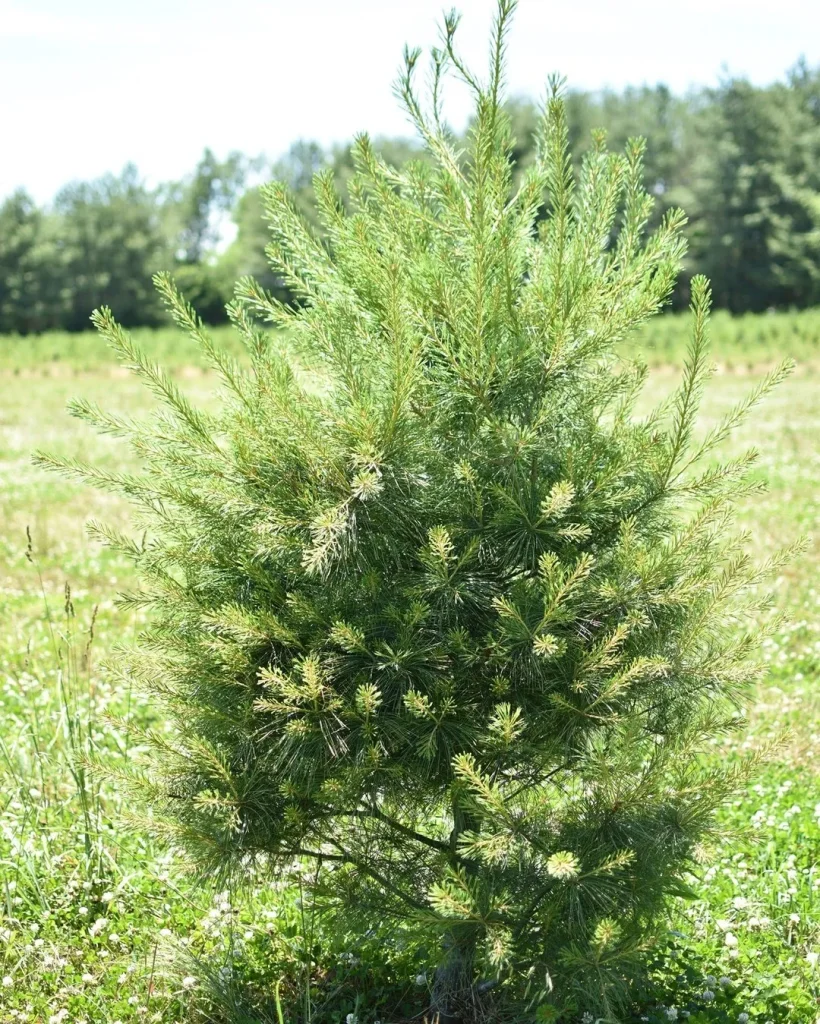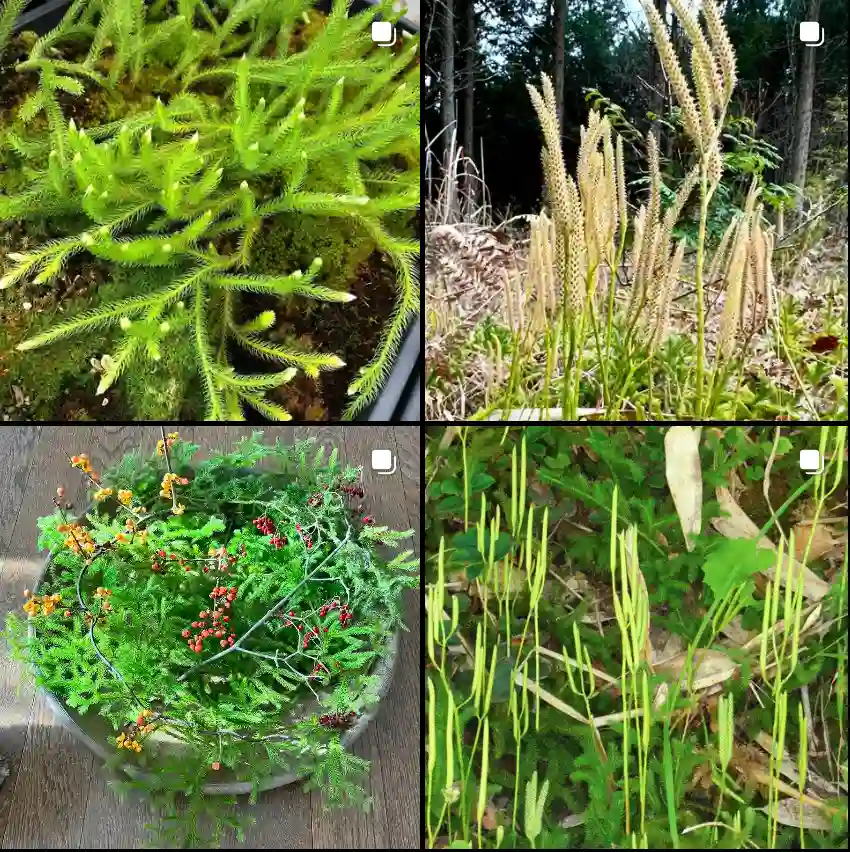My Fascination with the Mazus Genus
As a plant enthusiast, I’m always drawn to the unique and the understated. That’s precisely why the genus Mazus has captured my attention. These low-growing, often creeping perennials possess a quiet beauty that’s easy to overlook, but once you notice them, their charm is undeniable.
I first encountered Mazus reptans several years ago, spilling over the edge of a stone planter. Its delicate purple flowers and spreading habit immediately intrigued me. I brought a small cutting home, and it quickly established itself in my garden, forming a lush carpet of green punctuated by those lovely blooms.
That initial encounter sparked a deeper interest in the Mazus genus. I began researching its diverse species, their native habitats, and their potential in horticulture. What I discovered was a group of plants perfectly suited for rock gardens, ground covers, and even container plantings.
A Closer Look at Mazus
The name Mazus is derived from the Greek word “mazos,” meaning “nipple,” referring to the small protuberance on the upper lip of the flower’s corolla. This subtle feature, along with the plant’s typically two-lipped, tubular flowers, places it within the family Mazaceae. Though previously categorized within Phrymaceae and Scrophulariaceae, recent phylogenetic studies have led to its current classification.
Mazus species are predominantly found in damp habitats across Asia, Australia, and New Zealand. They thrive in a variety of conditions, from lowland meadows to mountainous regions. This adaptability makes them surprisingly versatile garden subjects.
Species Diversity within the Mazus Genus
While Mazus reptans might be the most commonly encountered species in cultivation, the genus boasts a diverse array of approximately 41 recognized species:
- Mazus alpinus Masam.
- Mazus arenarius Heenan, P.N.Johnson & C.J.Webb
- Mazus caducifer Hance
- Mazus celsioides Hand.-Mazz.
- Mazus danxiacola Bo Li & B.Chen
- Mazus delavayi Bonati
- Mazus dentatus Wall. ex Benth.
- Mazus fauriei Bonati
- Mazus fruticosus Bo Li, D.G.Zhang & C.L.Xiang
- Mazus fukienensis P.C.Tsoong
- Mazus gracilis Hemsl.
- Mazus harmandii Banati
- Mazus henryi P.C.Tsoong
- Mazus humilis Hand.-Mazz.
- Mazus kweichowensis P.C.Tsoong & H.P.Yang
- Mazus lalashanensis S.S.Ying
- Mazus lecomtei Bonati
- Mazus longipes Bonati
- Mazus miquelii Makino Plant FAQs: Mazus Reptans – Mazus Miquelii
- Mazus motuoensis W.B.Ju, Bo Xu bis & X.F.Gao
- Mazus novaezeelandiae W.R.Barker
- Mazus oliganthus H.L.Li
- Mazus omeiensis H.L.Li
- Mazus procumbens Hemsl.
- Mazus pulchellus Hemsl.
- Mazus pumilio R.Br.
- Mazus pumilus (Burm.f.) Steenis
- Mazus quadriprotuberans N.Yonez.
- Mazus radicans (Hook.f.) Cheeseman
- Mazus rockii H.L.Li
- Mazus saltuarius Hand.-Mazz.
- Mazus solanifolius P.C.Tsoong & H.P.Yang
- Mazus somggangensis S.S.Ying
- Mazus spicatus Vaniot
- Mazus stachydifolius (Turcz.) Maxim.
- Mazus sunhangii D.G.Zhang & T.Deng
- Mazus surculosus D.Don
- Mazus tainanensis T.H.Hsieh
- Mazus uniflorus S.S.Ying
- Mazus wanmuliensis M.Qian & L.B.Geng
- Mazus xiuningensis X.H.Guo & X.L.Liu
The Allure of Mazus in Horticulture
The appeal of Mazus in horticulture lies in its adaptability and understated elegance. These plants are not demanding, tolerating a range of soil types and light conditions. They are relatively pest and disease-free, requiring minimal maintenance once established.
Their low-growing habit makes them ideal for a variety of applications. They excel as ground covers, weaving through rock gardens and softening hard edges. They can be used to stabilize slopes, and their tolerance for some foot traffic makes them suitable for pathways or between stepping stones.
In containers, Mazus can cascade over the edges, adding a touch of wildness and charm. They pair beautifully with other alpine plants, bulbs, and even small shrubs.
My Continued Exploration
My journey with Mazus is ongoing. I’m continually seeking out new species to add to my collection, experimenting with different planting combinations, and observing their growth patterns. The more I learn, the more I appreciate the subtle beauty and resilience of these plants.
I encourage fellow gardeners to explore the world of Mazus. These unassuming plants offer a wealth of possibilities, adding texture, color, and a touch of wildness to any garden setting.
If i die, water my plants!



